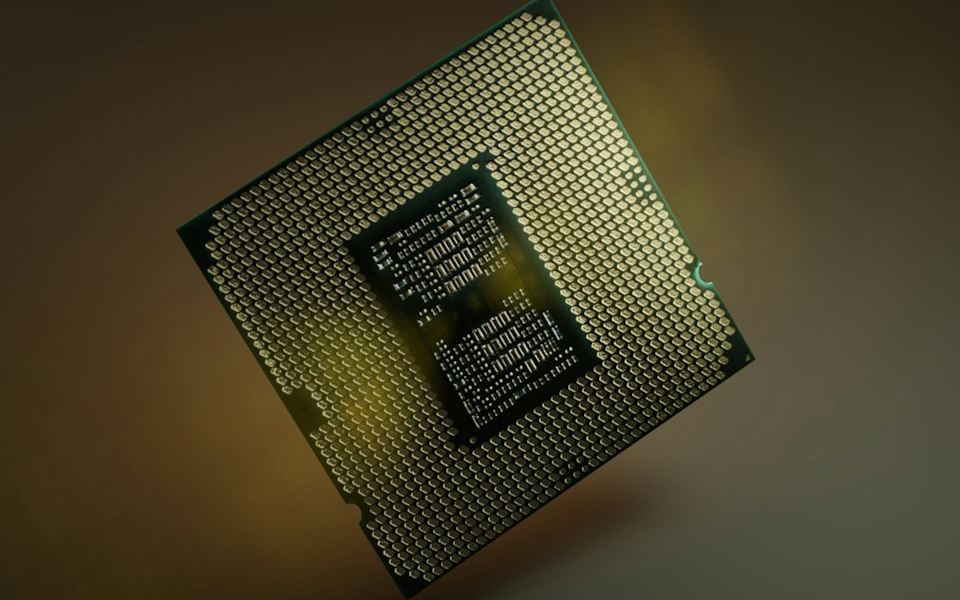In a move that mirrors Tesla Inc's
This planned reduction, according to The Verge, is part of Intel's ambitious turnaround strategy aimed at regaining its footing in the competitive semiconductor industry.
With Tesla's stock soaring after its own round of layoffs earlier this year, could Intel be positioning itself for a similar rebound?
Tesla's Workforce Reduction: A Catalyst For Recovery
Back in April, Tesla made headlines by laying off over 10% of its workforce, roughly 14,000 jobs, in response to slowing demand and shrinking margins. This marked Tesla's largest workforce reduction to date, primarily aimed at optimizing production efficiency and combating declining sales. The company faced significant challenges, including pricing pressures and a need to streamline operations in a highly competitive market.
Despite these challenges, Tesla's stock has shown remarkable resilience. After the layoffs, Tesla's stock climbed steadily, gaining 10% in June and an impressive 27% in July. The stock is now up 22.3% since April 15, a recovery that coincided with Tesla's better-than-expected Q2 earnings report. Tesla reported $25.5 billion in revenue for the quarter, a 3.11% surprise above Wall Street estimates. The company credited the growth to its Tesla Energy segment and the successful delivery of the highly anticipated Cybertruck.
While Tesla's earnings per share dropped 43% year-over-year, missing analysts' expectations, the company's ability to navigate a difficult operating environment and achieve record revenues has bolstered investor confidence. Tesla's success in turning a challenging situation into a stock rally begs the question: Can Intel replicate this strategy?
Intel's Workforce Cuts: A Precursor To A Turnaround?
Intel reported plans for its own workforce reduction of 15% of its 110,000 employees. This move is part of a broader $10 billion cost-reduction initiative that aims to streamline operations and refocus Intel's efforts on regaining its technological leadership, according to The Verge.
CEO Pat Gelsinger has been investing heavily in research and development, with the goal of enhancing Intel's technology and building new semiconductor factories to rival industry leaders like Taiwan Semiconductor Manufacturing Co. TSM. However, Intel's recent financial performance has been far from stellar.
In Q2 2024, the company reported earnings of just 2 cents per share, an 84.62% decrease from the same period last year, and significantly below analysts' expectations. Quarterly sales also missed estimates, coming in at $12.83 billion, a 0.9% year-over-year decline.
In response to these disappointing results, Intel has announced plans to suspend its dividend starting in Q4 2024, while maintaining a long-term commitment to a competitive dividend as cash flows improve.
Gelsinger remains optimistic, stating that the workforce reductions and new operating model will improve Intel's profitability and strengthen its market position. The company's focus on launching Intel 18A next year to regain process technology leadership is a key part of this strategy.
Will Intel's Stock Follow Tesla's Path?
The question now is whether Intel's workforce reduction will lead to a similar stock surge as seen with Tesla. Tesla's layoffs were initially seen as a response to immediate financial pressures, but they ultimately set the stage for a significant stock recovery.
Intel, on the other hand, is facing a more prolonged turnaround effort, with a focus on long-term technological leadership and cost efficiency.
Investors will be watching closely to see if Intel can deliver on its ambitious goals and whether the workforce cuts will be the catalyst for a stock resurgence. While the semiconductor giant has a challenging road ahead, the potential for a successful turnaround could make Intel a compelling story for investors looking for a rebound similar to Tesla's.
Since the job cut announcement on Aug. 1, Intel stock has already slid over 33%.
As the tech industry grapples with an evolving landscape, Intel's ability to execute its strategy will determine whether it can mirror Tesla's success-or face further setbacks.










